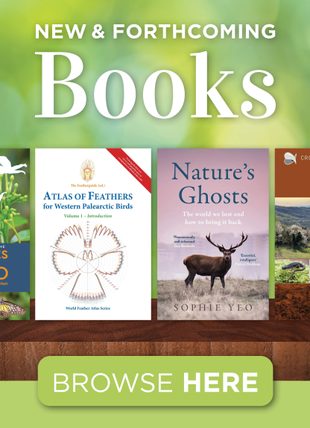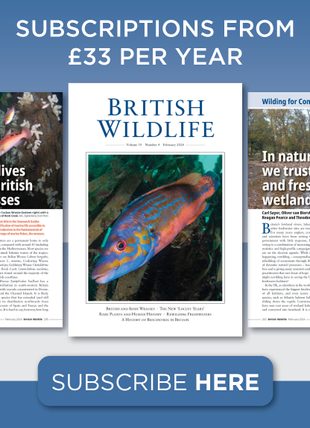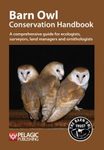![Birds of Prey Birds of Prey]()
Click to have a closer look
About this book
Contents
Customer reviews
Biography
Related titles
About this book
Welcome return of this clasic reference for veterinary surgeons, avian biologists, falconers and conservationists. Updated and expanded, its includes contributions by leading international expets and additional chapters on fractures, paediatrics and poisons, and new sections on health monitoring, captive breeding, and host-parasite relations.
Contents
Introduction - the history of raptor medicine; Nomenclature; Anatomy - Paolo Zucca; Methods of investigation and treatment; Non-infectious diseases; Infectious diseases, excluding macroparasites; Parasitic diseases - with Oliver Krone; Foot conditions; Neurological (nervous) disorders; Nutritional diseases, including poisoning, in captive birds; Poisoning of wild (free-living) birds - contributed by David Peakall; Anaesthesia and surgery; Miscellaneous and emerging diseases; Diseases in wild (free-living) bird populations - contributed by Ian Newton; Discussion and conclusions; Appendix I - List of species raptor; Appendix II - Clinical examination form; Appendix III - Post-mortem examination form and egg/embryo examination forms; Appendix IV - Cytology, blood smear and other report forms; Appendix V - Key to major clinical diagnoses; Appendix VI - Key to major (gross) post-mortem diagnoses including findings in eggs; Appendix VII - The principles of health monitoring; Appendix VIII - Minimally invasive health monitoring; Appendix IX - Medicines and other agents used in treatment; Appendix X - Fieldwork, field kits and portable equipment, Field post-mortem technique; Appendix XI - Legislation and codes of practice relevant to working with raptors - Margaret Cooper;
Customer Reviews
Biography
John E. Cooper is a veterinary surgeon who has had a life--long involvement in raptors and other wildlife. He works closely with naturalists, bird--keepers, biologists, conservationist, and members of both the medical and veterinary professions. With his wife, Margaret E. Cooper, a lawyer, he has lived overseas for ten years, mainly in Africa. In Britain he is primarily a diagnostic pathologist, concentrating on wildlife an exotic species. He has postgraduate and specialist qualifications in tropical veterinary medicine, biology, comparative pathology and avian medicine. He holds appointments at several academic institutions in Europe and Africa. Author of many books and papers, he has a particular interest in promoting veterinary educations, conservation and both human and animal welfare in a global context.
Edited By: JE Cooper
345 pages, Col photos, bw plates, bw illus, tabs
There aren't many veterinary textbooks you could happily take on holiday with you to read, but Birds of Prey - Health and Disease is just such a book. The book should be purchased by every practice seeing raptors. It should be in the library of everyone involved in wild bird rehabilitation, veterinary and non-veterinary. Veterinary Times, 2003



































